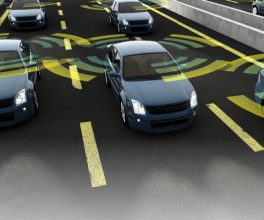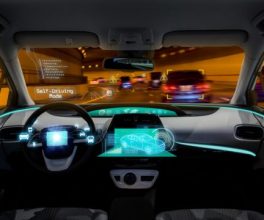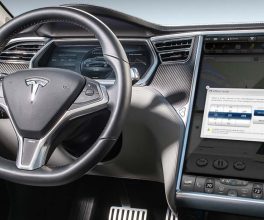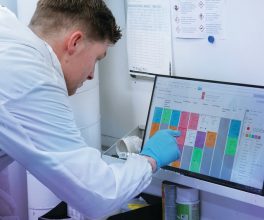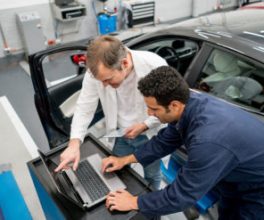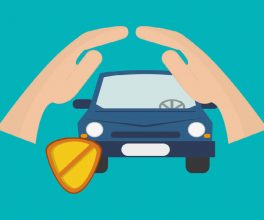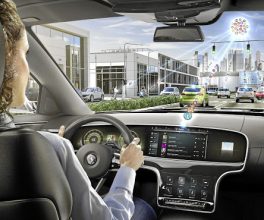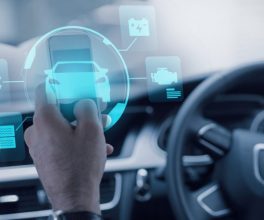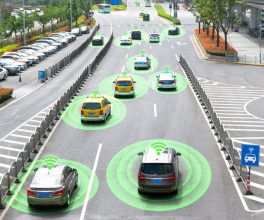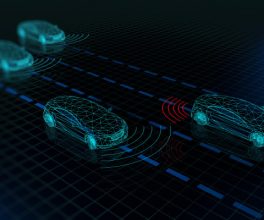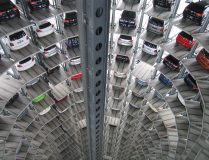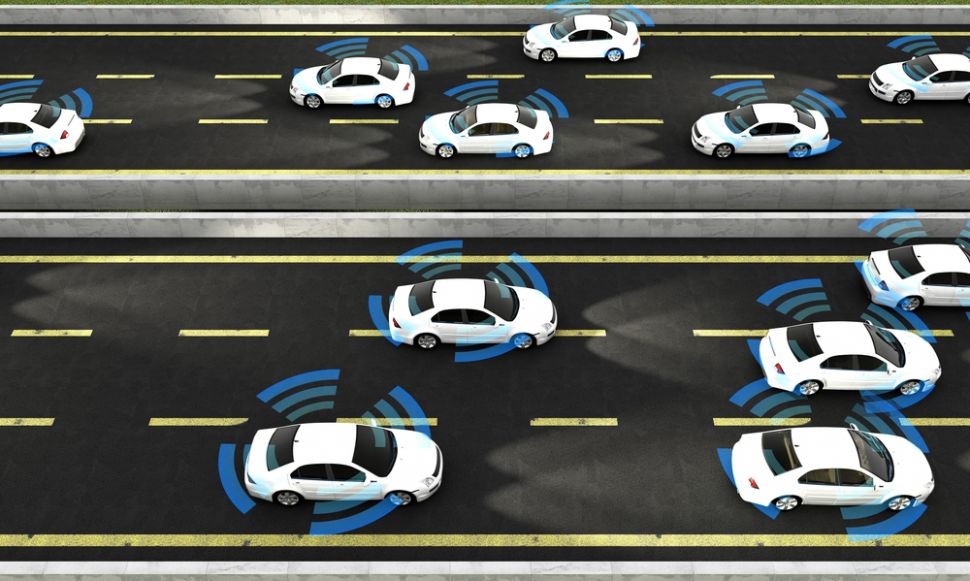Big data will help lay the foundations for smart cities and in turn support the development of autonomous vehicles.
The race to full autonomous driving has dominated the headlines in recent years, with challenger brands, such as Uber and Tesla, competing with conventional manufactures such as Volvo and BMW to launch the first fully autonomous mass market car. However, while the idea of driverless vehicles has gathered extensive media attention, the technology that underpins these developments has fallen underneath the radar.
Away from the media gaze, automakers and transport companies have been quietly investing in big data, installing sensors and trackers in to their cars and our surroundings to continuously collect data and provide them with better insight into the evolving nature of our cities. It’s big data that will one day put autonomous vehicles in our roads, help us understand and improve traffic flow and eliminate the need for parking management.
Developments in analytical techniques, powered largely by artificial intelligence and machine learning, are allowing automakers, IoT companies and city planners to analyse big data with increasing levels of sophistication, accuracy and speed. But how will these increasingly detailed insights transforming the transport sector?
Reducing congestion
One of the most noteworthy applications of big data is the ability to map data quickly, precisely and effectively – for the transport sector this means being able to map traffic flow and congestion in real time. Numerous cities across the globe are creating new data management systems to collect data from multiple sources, including smart and dumb sensors, and provide a real-time picture of travel on their roads. These data sets can help create detailed pictures of the city, and insights into where people are going and how they are getting there. By collating this data in open source platforms and encouraging collaboration, counsels can help make this data accessible to citizens, allowing them to make decisions on the best transportation options at any given time.
Once autonomous vehicles are commonplace on our roads and the data sets they collect are end-to-end, city planners will have a more comprehensive overview of how people travel from A to B and be able of manage their streets more effectively by offering drivers more diverse transport options. These multi-model transport offerings will help people get to their destination in the most economic and efficient way, reducing congestion on roads and getting people around cities in quicker and more convenient ways than ever before. It’s this type of grass roots technology that start-ups are creating which will drive forward transport technology.
Improving parking management
Another benefit of utilising big data is capacity optimisation, which allows traffic and parking systems to effectively forecast demand to ensure that the necessary capacity is met. By analysing data sets, algorithms can examine patterns and correlations from current and historical data. By demonstrating which areas are in greater demand, councils can gain a better understanding of their cityscape, which will be essential during the planning and development stages.
At AppyParking, we collect data via sensors in cities throughout the UK which allows us to see if a space is available, and over time, we want to be able to share this insight with councils to help advise them on how to improve ongoing parking management and advise them on future parking requirements based on accurate capacity insights. These parking sensors can also help councils mitigate the costs associated with enforcing and processing parking fines by charging cars by the minute and eliminating the need for traffic wardens.
Expediting the transition to autonomy
Autonomous vehicles rely on big data to assess their position on the roads, continuously comparing environmental cues to corresponding maps of their surroundings, meaning that these vehicles are only ever as intelligent as their surroundings. By encouraging collaboration between the public and private sectors city planners can help automakers link data from the actual cityscape with a continually updated digital infrastructure transmitting information to and from these vehicles, ultimately easing, and expediting, the transition to driverless vehicles.
The innovations that drive smart cities aren’t always shiny and obvious, often they are solutions that work quietly in the background, improving day-to day experiences. While installing sensors in roads, or linking traffic lights to dash cams might seem minor in comparison to the world’s first fully autonomous car, they are essential steps in preparing cities for driverless vehicles.
By linking an automated vehicle to local parking information or giving it access to open source information about real time traffic, a driverless vehicle could save valuable time and ultimately reduce pollution and congestion on the roads. Integrated physical and digital infrastructures will also help educate local authorities about their roads, allowing them to improve traffic flow and make the area efficient for automated vehicles.
However, big data is only effective if it is applied in the right way. At present, technology which collects valuable big data is only being trialed and applied in isolated areas, creating virtual roadblocks to future innovation. If we truly want to create smart cities that foster innovation and economic growth we need to ensure that governments and businesses share the information and insight they are collating to make sure smart cities are accessible and to applicable to everyone.
In the UK, there has been a move towards greater collaboration with the creation of the Transport Sector Transparency Board, which is hoping to encourage ‘Open Data’. However, large numbers of data sets remain inaccessible, incomplete or inaccurate, due to the fragmented industry approach to the sharing of data across multiple service providers. While rivalry remains fierce between future gazing automakers at the top, start-ups and councils are leading the way by working together openly and collaboratively to use big data to lay the foundations for smart cities, and support the development of autonomous vehicles.
Author – Dan Hubert, CEO and Founder of AppyParking
Courtesy of ITProPortal

